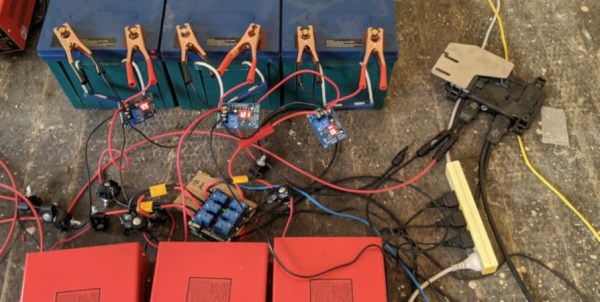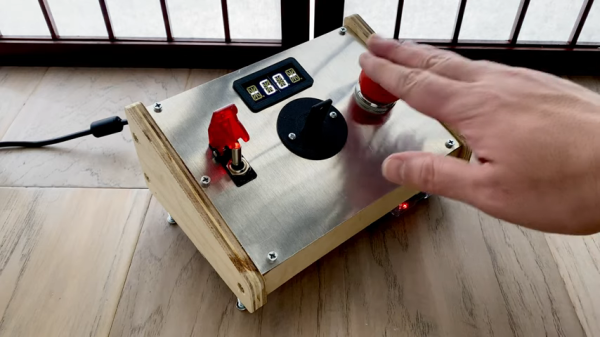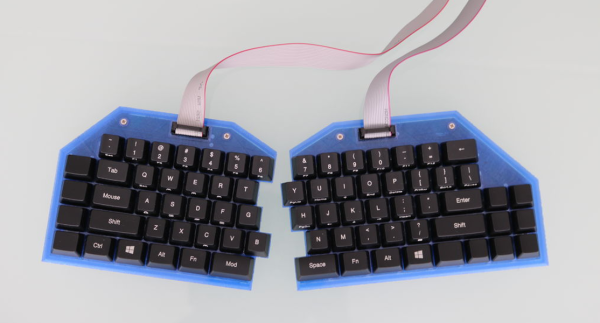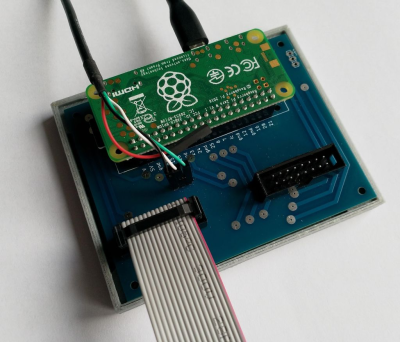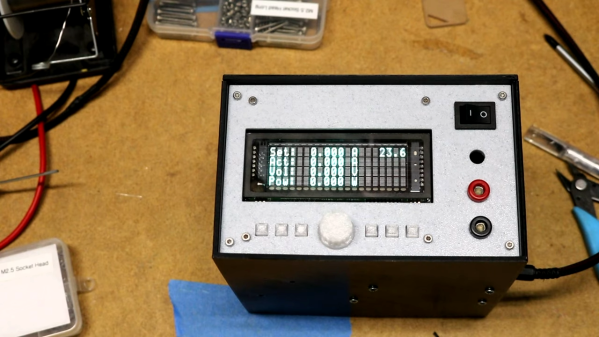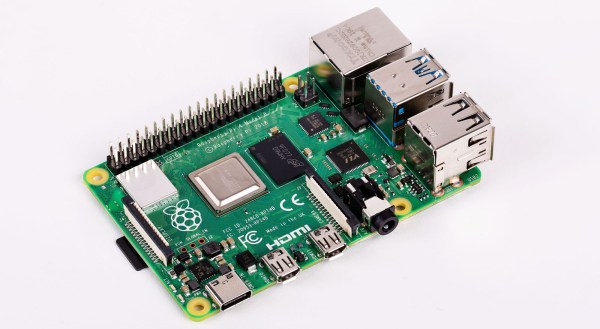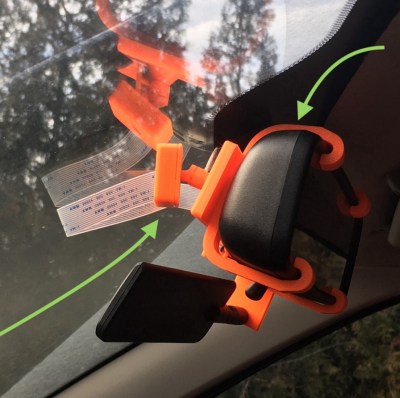Not everybody has $6500 to toss into a Tesla Powerwall (and that’s a low estimate), but if you want the benefits of battery storage for your house, [Matt]’s modular “microbattery” storage system might be right up your alley. With a build-as-you-go model, virtually any battery can be placed on the grid in order to start storing power from a small solar installation or other power source.
The system works how any other battery installation would work. When demand is high, a series of microinverters turn on and deliver power to the grid. When demand is low, the batteries get charged. The major difference between this setup and a consumer-grade system is that this system is highly modular and each module is networked together to improve the efficiency of the overall system. Its all tied together with a Raspberry Pi that manages the entire setup.
While all of the software is available to set this up, it should go without saying that working with mains power is dangerous, besides the fact that you’ll need inverters capable of matching phase angle with the grid, a meter that handles reverse power flow, a power company that is willing to take the power, and a number of building code statutes to appease. If you don’t have all that together, you might want to go off-grid instead.

